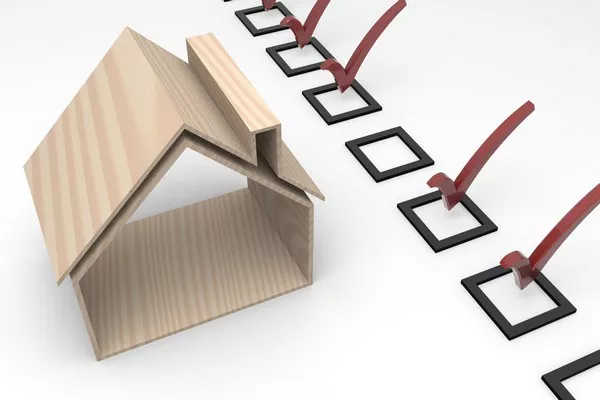Owning a home is a significant investment, and safeguarding it against unforeseen events is paramount. A standard homeowners insurance policy serves as a financial safety net, providing coverage for a range of risks that homeowners may encounter. In this guide, we will explore the key components of a standard homeowners insurance policy to help you understand what is typically covered.
1. Dwelling Coverage: Protecting Your Home’s Structure
The core of a homeowners insurance policy is dwelling coverage, which protects the physical structure of your home. Understanding the details of this coverage is crucial for homeowners seeking comprehensive protection.
Structure: Dwelling coverage typically includes protection for the main structure of your home, such as the walls, roof, floors, and foundation. In the event of covered perils like fire, windstorms, or vandalism, this coverage ensures that the cost of repairing or rebuilding your home is taken care of.
Attached Structures: Additionally, structures attached to your home, such as a garage or a deck, are usually covered under dwelling coverage. It’s important to check your policy to confirm the extent of coverage for these attached structures.
2. Personal Property Coverage: Safeguarding Your Belongings
Beyond the physical structure, homeowners insurance also provides coverage for your personal belongings. This aspect of the policy ensures that your possessions are protected in case of covered events.
Valuables: Personal property coverage extends to your belongings, including furniture, electronics, clothing, and other valuables. In the event of covered perils like theft or fire, this coverage helps reimburse you for the cost of replacing or repairing damaged items.
Off-Premises Coverage: Some policies offer off-premises coverage, protecting your belongings even when they are outside your home. This can be particularly beneficial for items like laptops, jewelry, or other valuables that you may take with you.
3. Liability Coverage: Guarding Against Legal Claims
Liability coverage is a critical component of homeowners insurance, offering protection in case you are held legally responsible for injuries or damages that occur on your property.
Medical Expenses: If someone is injured on your property, liability coverage may cover their medical expenses, regardless of fault. This can include costs for doctor visits, hospital stays, and even funeral expenses in the unfortunate event of a fatality.
Legal Expenses: In addition to medical expenses, liability coverage may also cover legal expenses if you are sued for property damage or bodily injury. This can include legal defense costs, settlements, or court judgments, providing financial protection and peace of mind.
4. Additional Living Expenses (ALE) Coverage: Ensuring Temporary Shelter
When your home becomes uninhabitable due to a covered event, additional living expenses (ALE) coverage steps in to cover the costs of temporary accommodation, meals, and other essential living expenses.
Temporary Housing: ALE coverage ensures that you have a place to stay while your home is being repaired or rebuilt. This can include expenses for renting a house, apartment, or hotel room.
Meal Costs and More: In addition to housing, ALE coverage may cover additional costs you incur while temporarily living away from home, such as increased meal expenses, storage fees, and transportation costs.
5. Perils Covered: Enumerating the Risks
Homeowners insurance policies typically specify the perils or events that are covered. Understanding these covered perils is essential for homeowners to assess the adequacy of their insurance coverage.
Common Perils: Standard homeowners insurance policies usually cover common perils such as fire, theft, vandalism, windstorms, and certain types of water damage. It’s important to review your policy to ensure it provides adequate coverage for the specific risks prevalent in your area.
Exclusions: Policies also specify what is not covered, known as exclusions. It’s crucial to be aware of these exclusions, which may include specific types of natural disasters or maintenance-related issues.
Conclusion
In conclusion, a standard homeowners insurance policy is a comprehensive tool designed to protect your home, belongings, and financial well-being. By understanding the key components such as dwelling coverage, personal property coverage, liability coverage, ALE coverage, and the perils covered, homeowners can make informed decisions to ensure their policy aligns with their unique needs and circumstances. Regularly reviewing and updating your homeowners insurance policy is essential to maintaining adequate protection for your home and its contents. Stay informed, stay protected!


